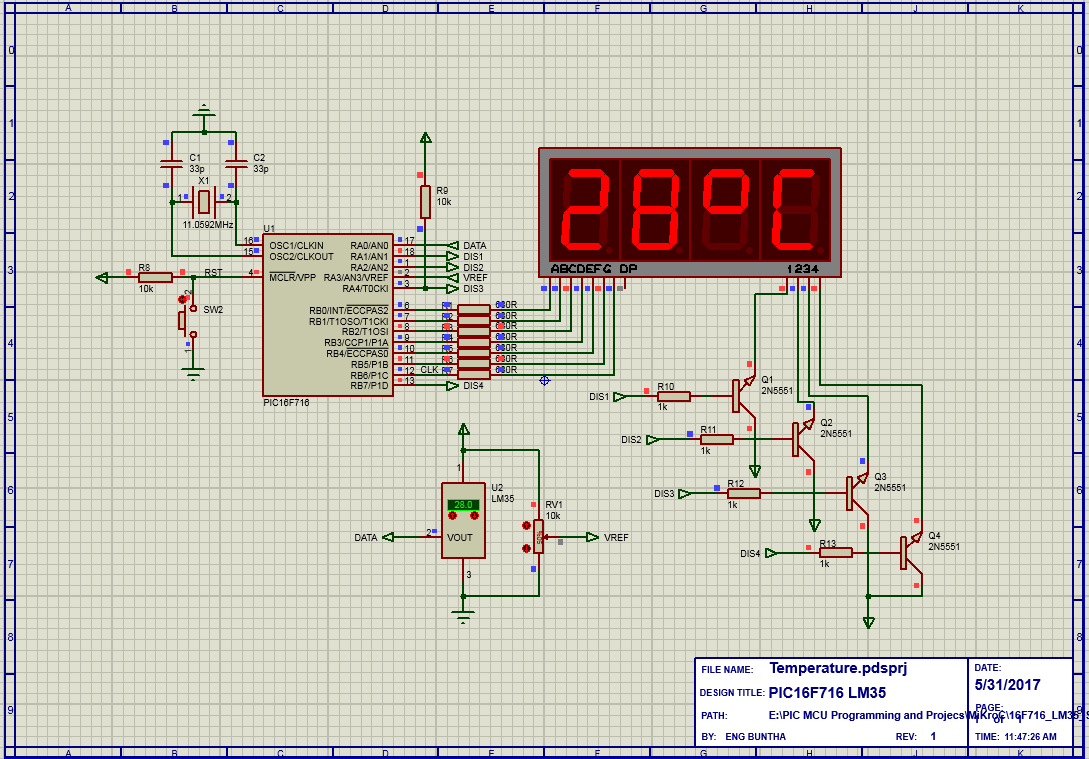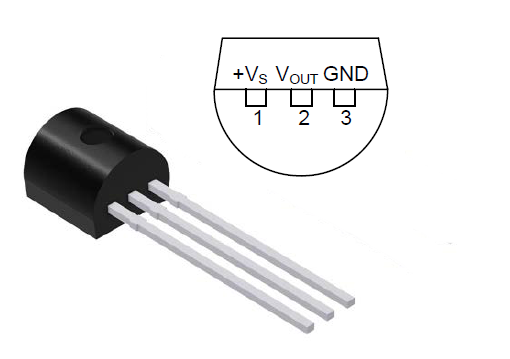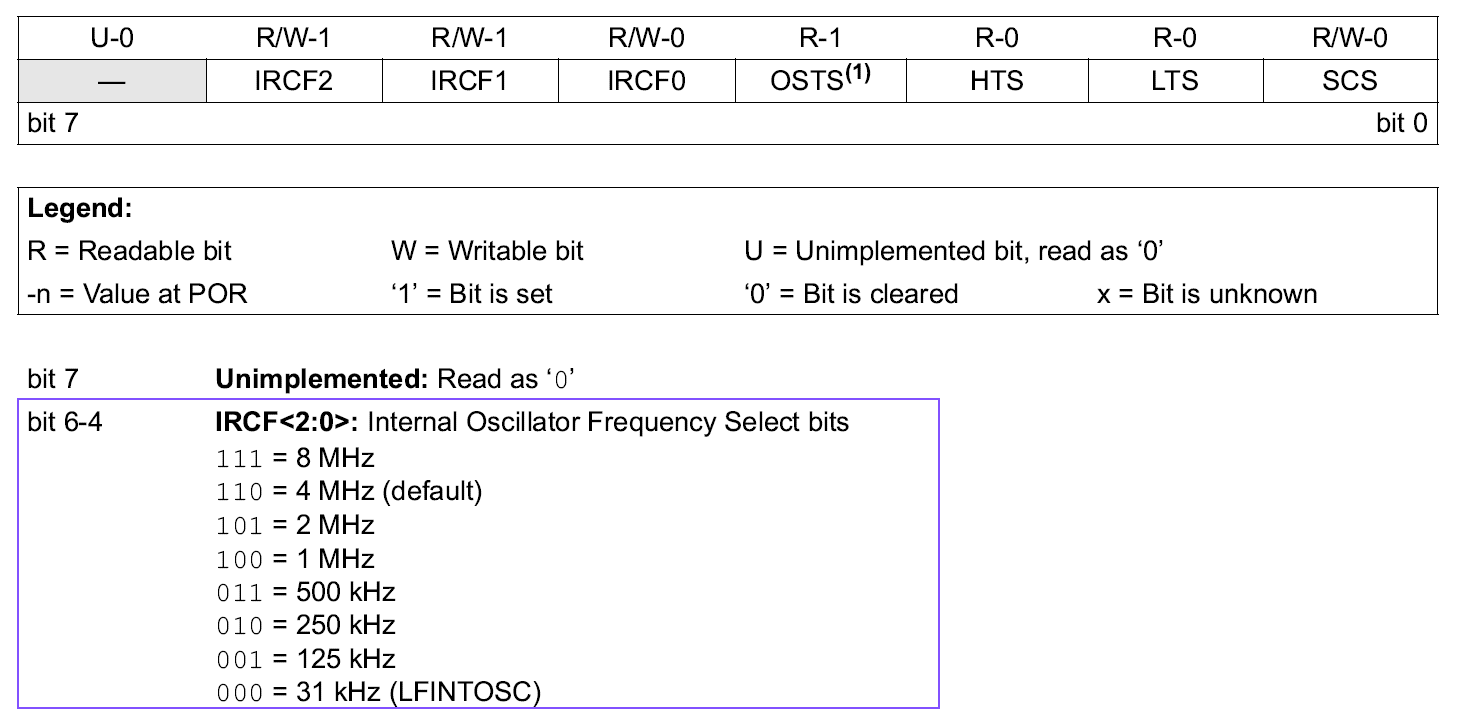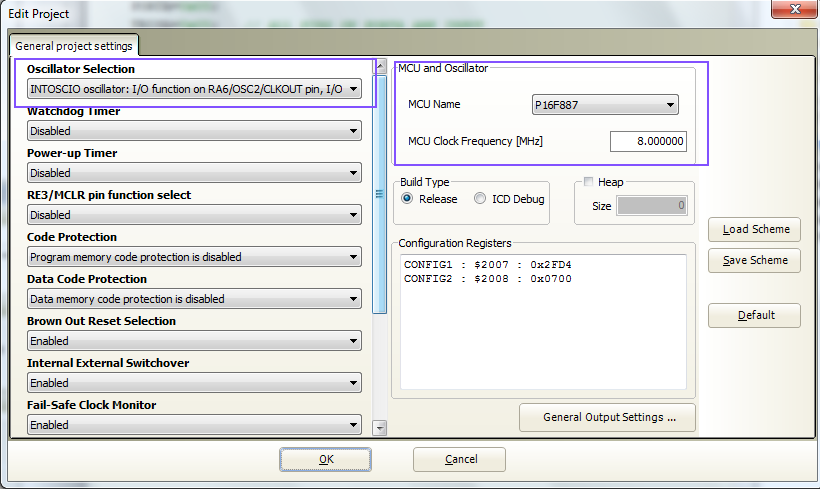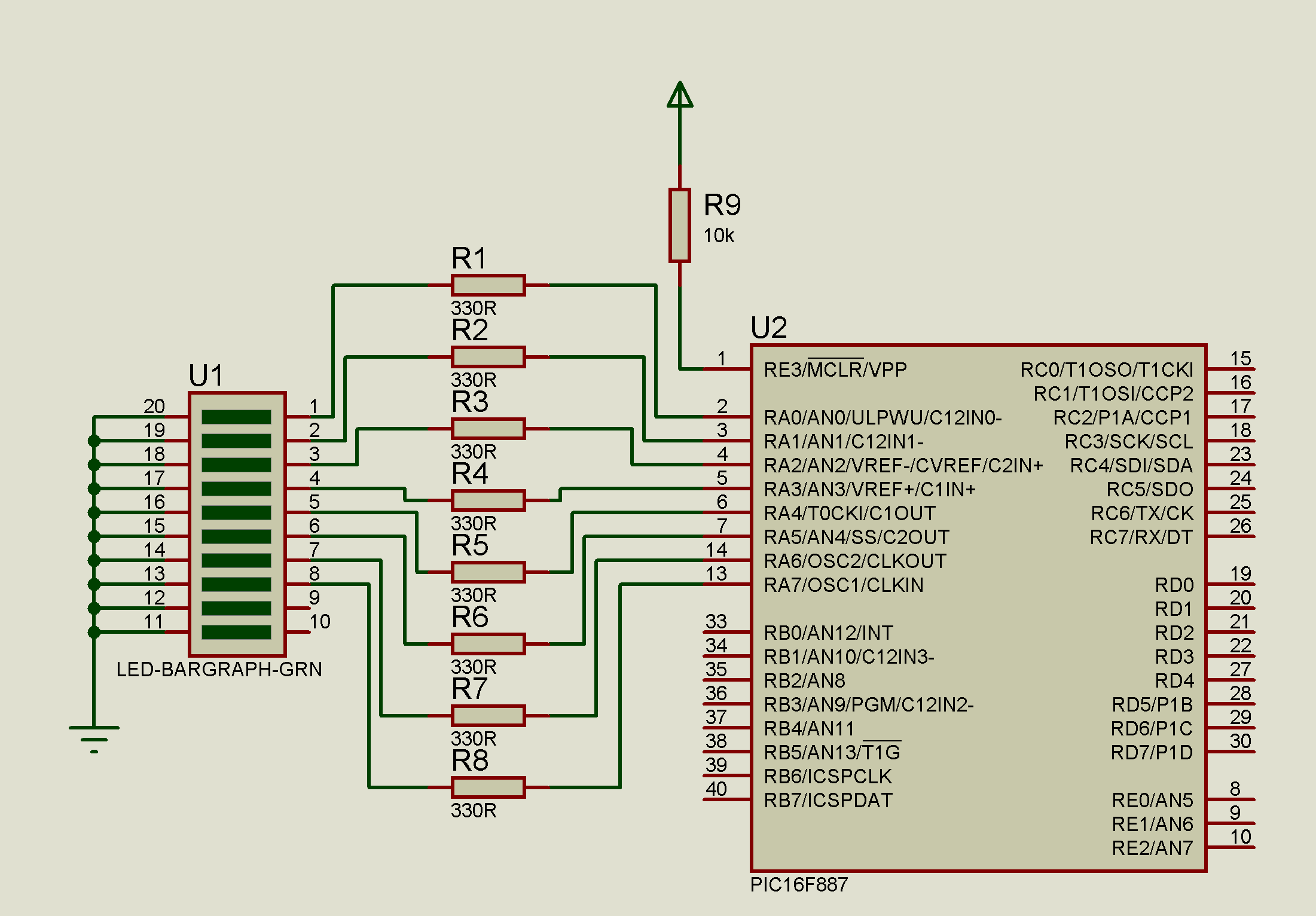PIC16F877A is an old 8-bit PIC device release around 2003. Many new released 8-bit PIC devices come with many special features and rich of peripheral.
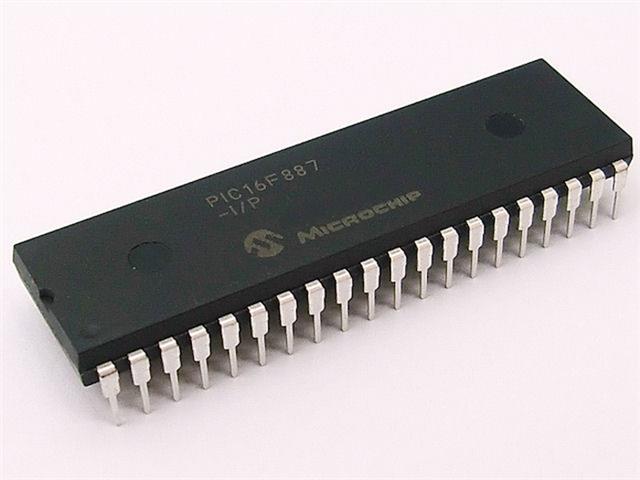
However, PIC16F877 is still in use for student to start learning PIC programming.
MikroC Pro for PIC is a C compiler targeting the 8-bit PIC device. It has a free version, but it limit the coding size to not above 2 KB.
I have wrote some beginning tutorials for PIC16F877A with MikroC:
For PIC16F887 in MikroC
- Blinking the PIC16F887 in MikroC
- Using PORTA of PIC16F887 as a digital I/O
- PIC16F887 toggling an output relay
- Using PORTB internal resistors of PIC16F887 in MikroC
- Accessing the internal 8 MHz oscillator of PIC16F887 in MikroC
- PIC16F887 External Interrupt Example With 7-Segments Display In MikroC
- PIC16F887 Interrupt-On-Change in MikroC
- PIC16F887 IOCB in motor control example using MikroC
- PIC16F887 Timer0 Works in Counter Mode MikroC
- PIC16F887 Timer0 in timer mode MikroC
- PIC16F887 Timer0 Interrupt Programming in MikroC
- PIC16F887 Timer0 Creating Delay Function in MikroC
- PIC16F887 Timer0 Interrupt Driven Display
- PIC16F887 Timer1 and Ultra Sonic Range Measurement Application


